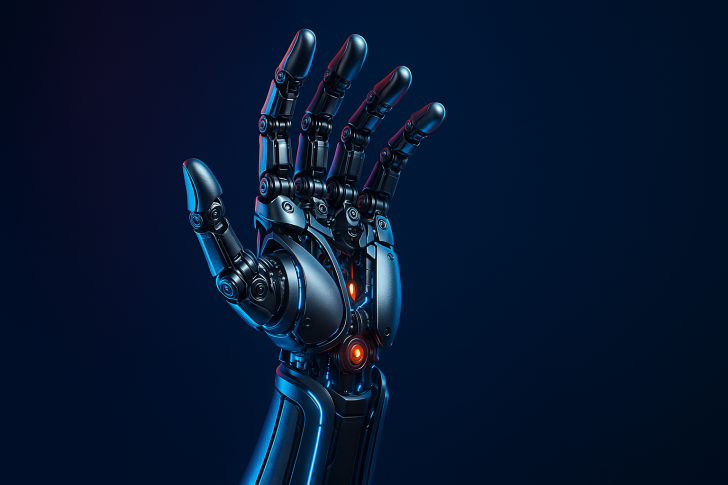⬤ Sharpa Robotics just dropped some impressive footage of its SharpaWave robotic hand tackling tasks that look eerily human. The system nailed a trash-bag maneuver—finding the rim, opening the bag, and wrapping it snugly around a bin. That might sound simple, but it's actually a nightmare for robots since bags are slippery and constantly changing shape. The demo shows how far teleoperated robotics with proper tactile feedback has come.
⬤ Here's what makes SharpaWave stand out: it's a 1:1 human-sized hand with 22 degrees of freedom and proportions based on the golden ratio. The real magic happens with its Dynamic Tactile Array, which teams up with neural-network algorithms to deliver high-resolution touch feedback. This setup lets the hand spot edges, adjust its grip on the fly, and work with flexible materials. The custom actuation system cranks out over 20 newtons of fingertip force and handles motion frequencies above 4 Hz for smooth, responsive movements. Plus, those backdrivable joints and compliance controls? They're built to last—Sharpa rates them for 1,000,000 cycles.
⬤ Sharpa released several other demos showing SharpaWave handling precision tasks under teleoperation. The combination of tactile sensing and real-time operator control lets the robot adapt to weird object shapes, shifting weight, and surfaces that don't stay still—basically the stuff that matters for real-world use. That trash-bag demo really drives home why tactile feedback is so crucial when you're dealing with objects that refuse to hold their shape.
⬤ The speed of SharpaWave's development reflects what's happening across dexterous manipulation research right now. As teleoperated systems get better sensing, stronger actuation, and smarter control systems, we're seeing new possibilities for robotics in tasks that demand precise handling. Sharpa's work shows how improvements in tactile intelligence and fine-motor design are pushing robotic hands closer to reliable real-world performance.
 Usman Salis
Usman Salis

 Usman Salis
Usman Salis


